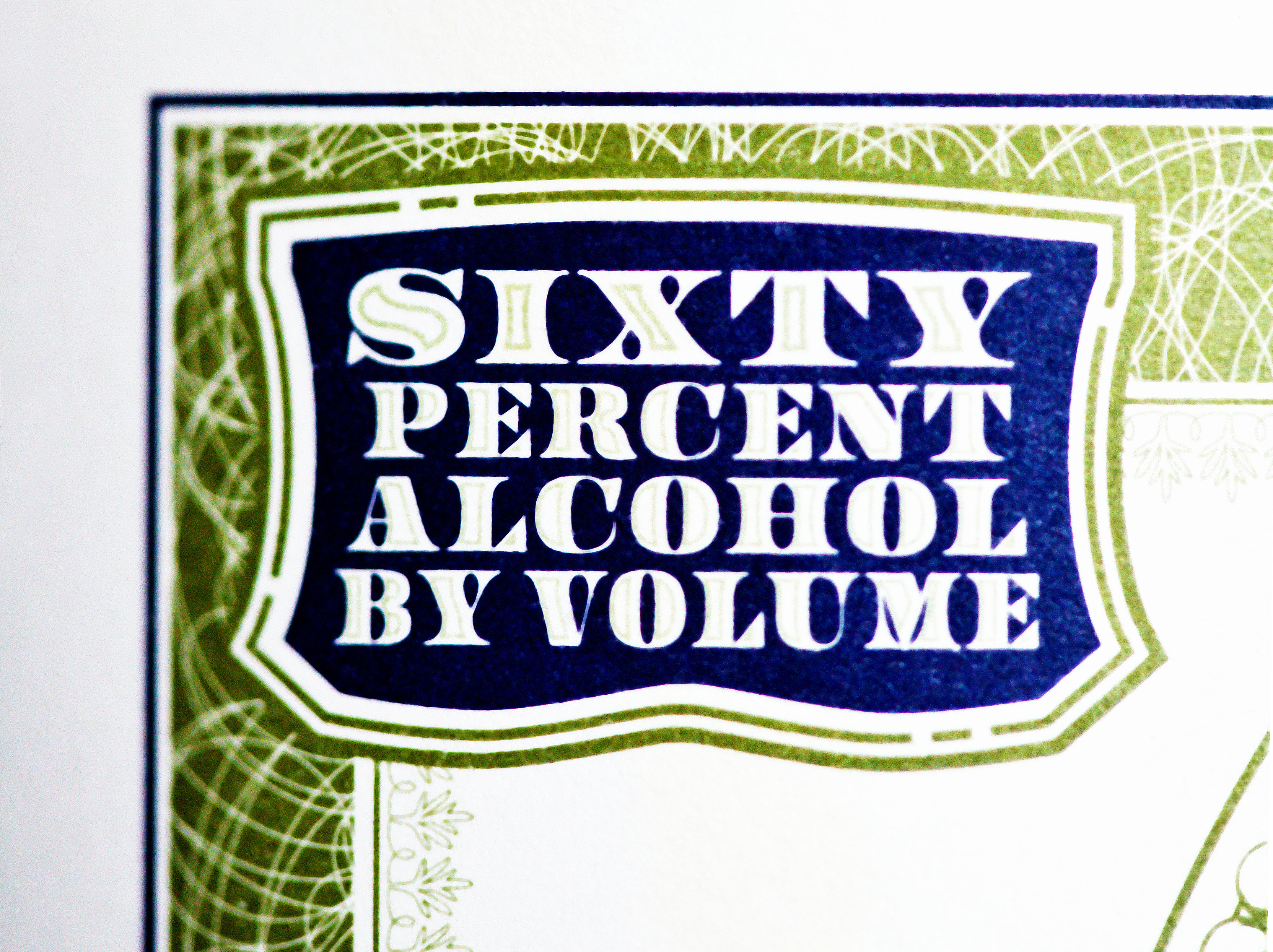
Alcohol by volume
Alcohol by volume (abbreviated as alc/vol or ABV) is a standard measure of how much alcohol is contained in a given volume of an alcoholic beverage (expressed as a volume percent).[1][2][3] It is defined as the number of millilitres (mL) of pure ethanol present in 100 mL (3.5 imp fl oz; 3.4 US fl oz) of solution at 20 °C (68 °F). The number of millilitres of pure ethanol is the mass of the ethanol divided by its density at 20 °C (68 °F), which is 0.78945 g/mL (0.82353 oz/US fl oz; 0.79122 oz/imp fl oz; 0.45633 oz/cu in).[4] The alc/vol standard is used worldwide. The International Organization of Legal Metrology has tables of density of water–ethanol mixtures at different concentrations and temperatures.
"ABV" redirects here. For other uses, see ABV (disambiguation).In some countries, e.g. France, alcohol by volume is often referred to as degrees Gay-Lussac (after the French chemist Joseph Louis Gay-Lussac),[5] although there is a slight difference since the Gay-Lussac convention uses the International Standard Atmosphere value for temperature, 15 °C (59 °F).